I’m neither an expert stock trader or a stock trading professional but I have been investing in individual dividend paying stocks for as long as I can remember. When I first purchased ING Canada (now called Intact Financial), I wasn’t aware the power of dividend income. It wasn’t until a few years later I realized how great dividend income is. Why do I like dividend stocks so much? Because we receive paycheck from these dividend stocks regularly. Once the initial purchase is made, I really don’t have to do any work to get paid; the dividends just keep rolling in. Even better, many of these stocks will increase their dividend payout each year like clockwork so our dividend income is protected from inflation. How do you start investing in dividend paying stocks? As luck have it, I have written an easy to understand step-by-step guide on how to start investing in dividend paying stocks.
Stock 101
Typically there are two ways to make money with stocks.
- Price appreciation. This is where your sale price is higher than the purchase price.
- Dividends. Regular cash payments from the company.
The two aren’t mutually exclusive. You can certainly make money by having price appreciation and receiving dividends. For example, if you were to buy Royal Bank in Feb 2009, you would be looking at a large amount of price appreciation and dividend payment.
Why Invest in Dividend Stocks
Many people purchase stocks for price speculation. Wouldn’t it great to find a 10 bagger stock? Imagine purchasing Alphabet (GOOGL) when it first went IPO or purchasing Teck Resources (TECK.B) at end of Dec 2015 when it was around $5.50 (now around $32). Unfortunately, finding these multi-bagger stocks is extremely difficult. It is simply too difficult for the average investors to predict whether company will continue growing or not. Imagine purchasing Twitter and Groupon when they went IPO thinking these stocks were multi-baggers in a couple of years. Think again!
Dividend stocks on the other hand are easier to predict. Companies that pay out consistent dividends usually are well-established and have demonstrated good financial health. Instead of retain and invest the earnings, these companies pay out a portion of their earnings (i.e. dividends) regularly to their shareholders. This is a way for company to demonstrate that it is performing well and rewarding the shareholders.
As an investor, the predictable income is great. You are awarded for holding the stock in form of the regular dividend payment. Furthermore, if the company performs well, both the stock price and dividends will increase. It’s a win-win situation for you.
How to Start Investing in Dividend Paying Stocks
Thanks to the internet, it is relatively easy to start investing in dividend stocks. While there are thousands and thousands of dividend paying stocks that you can invest in, there are many resources that can help you finding potential stocks to invest in.
Source #1 – Check out what stocks ETFs and mutual funds are holding
Take a look at some of the ETFs and mutual funds and find out which dividend paying stocks they are holding in their top 10-20 holdings. If we look at Vanguard Canadian High Dividend Yield Index ETF (VDY.TO), the ETF has Royal Bank, TD, Bank of Nova Scotia, Bank of Montreal, Enbridge, TransCanada Corp, Manulife, CIBC, Sun Life, and Potash as the top 10 holdings. If we look at Vanguard US Dividend Appreciation Index ETF (VIG), the ETF has Microsoft, Johnson & Johnson, PepsiCo, Coca-Cola, McDonald’s, 3M, Medtronic, United Technologies, Walgreens, and CVS Health as the top 10 holdings. Getting these 20 stocks will allow you to get started with your stock research and analysis.
Source #2 Dividend Aristocrats
Dividend aristocrats are dividend stocks that have a consistent and long streak of dividend payment and increased dividend payout for 25 consecutive years. These stocks are typically more stable and considered as blue-chip stocks. Therefore, it is a great idea to have some dividend aristocrats in your dividend portfolio.
Source #3 Dividend Champions/All-Stars
While owning dividend aristocrats is great due to the consistent dividend increase, wouldn’t it be nice to find a dividend paying stock with uber high dividend growth rate with the potential to be the next dividend aristocrat in a few years? This is where you may want to look into dividend champions and all-stars. You can find a list of dividend champions/all-star on The DRIP Investing Resource Center. To be more country specific:
- US Dividend Champions
- Canadian Dividend All-Star List
Source #4 Top Canadian Dividend Stocks
I have picked out best Canadian dividend stocks and best Canadian monthly dividend stocks that I think any Canadian dividend investor should hold in their portfolio. All of these dividend stocks have long dividend increase streak and pay out stable dividends. If you’re looking for stable dividend paying stocks, it might also be worthwhile to consider some of the best Canadian utility stocks.
It’s a good idea to have a core holding of 10-15 individual dividend stocks across the different sectors for diversification purposes.
How to Analyze Dividend Paying Stocks
Step 1: Shorten the List
When I have a list of dividend stocks, the first step is to create a shorter list before doing a deeper analysis of each stock. To quickly reduce the list I run a few selection parameters.
- PE ratio less than 20.
- Dividend yield is more than 2.5%
- Payout ratio is less than 75%
- 5 Year Growth Rate greater than 5%
For example, imagine we started with the 20 stocks that we found from Resource #1.
| Name | Ticker | Price | PE Ratio | Dividend Yield | Payout Ratio | Streak | 5 Year Growth Rate |
|---|---|---|---|---|---|---|---|
| Royal Bank | RY.TO | 93 | 13.72 | 3.57% | 49.0% | 6 | 9.3% |
| Toronto-Dominion Bank | TD.TO | 67.24 | 14.39 | 3.27% | 47.1% | 6 | 10.06% |
| Bank of Nova Scotia | BNS.TO | 77.71 | 13.47 | 3.81% | 51.3% | 6 | 7% |
| Bank of Montreal | BMO.TO | 98.82 | 14.28 | 3.56% | 50.9% | 5 | 4% |
| Enbridge | ENB.TO | 57.04 | 28.07 | 4.09% | 114% | 21 | 16.7% |
| TransCanada Corp | TRP.TO | 64.07 | N/A | 3.53% | -81.2% | 16 | 6.1% |
| Manulife | MFC.TO | 24.82 | 16.44 | 2.98% | 50.3% | 3 | 7.3% |
| CIBC | CM.TO | 111.22 | 10.39 | 4.46% | 46.3% | 6 | 6.5% |
| Sun Life | SLF.TO | 51.58 | 13.85 | 3.26% | 45.2% | 2 | 2.4% |
| Potash | POT.TO | 26.08 | 34.56 | 2.03% | 69.3% | 0 | 39.98% |
| Microsoft | MSFT | 62.96 | 30.11 | 2.48% | 74.6% | 15 | 16.7% |
| Johnson & Johnson | JNJ | 113.91 | 19.97 | 2.81% | 56.0% | 54 | 7% |
| PepsiCo | PEP | 104.01 | 22.79 | 2.89% | 65.8% | 44 | 7.9% |
| Coca-Cola | KO | 41.43 | 25.14 | 3.38% | 84.8% | 54 | 8.3% |
| McDonald's | MCD | 121.38 | 22.68 | 3.1% | 70.3% | 41 | 7.4% |
| 3M | MMM | 178.51 | 22.48 | 2.49% | 55.9% | 58 | 15.1% |
| Medtronic | MDT | 74.39 | 24.84 | 2.3% | 57.3% | 39 | 11.6% |
| United Technologies | UTX | 111.13 | 24.38 | 2.38% | 57.9% | 23 | 7% |
| Walgreens | WBA | 80.71 | 21.34 | 1.86% | 40.2% | 41 | 12.9% |
| CVS Health | CVS | 81.74 | 17.44 | 2.45% | 42.6% | 14 | 27.7% |
Next we would eliminate stocks from the list that do not meet the selection criteria mentioned above.
These 4 selection parameters would reduce the list from 20 stocks down to 7.
| Name | Ticker | Price | PE Ratio | Dividend Yield | Payout Ratio | Streak | 5 Year Growth Rate |
|---|---|---|---|---|---|---|---|
| Royal Bank | RY.TO | 93 | 13.72 | 3.57 | 49.0% | 6 | 9.3 |
| Toronto-Dominion Bank | TD.TO | 67.24 | 14.39 | 3.27 | 47.1% | 6 | 10.06 |
| Bank of Nova Scotia | BNS.TO | 77.71 | 13.47 | 3.81 | 51.3% | 6 | 7 |
| Manulife | MFC.TO | 24.82 | 16.44 | 2.98 | 50.3% | 3 | 7.3 |
| CIBC | CM.TO | 111.22 | 10.39 | 4.46 | 46.3% | 6 | 6.5 |
| Johnson & Johnson | JNJ | 113.91 | 19.97 | 2.81 | 56.0% | 54 | 7 |
| CVS Health | CVS | 81.74 | 17.44 | 2.45 | 42.6% | 14 | 27.7 |
Step 2: Further Reduction
Narrowing down the list from 20 stocks down to 7 is a good start. But we only started with 20. What if we started with 100 dividend stocks and we only managed to reduce down to 20?
Let’s see if we can do further reduction of our list. Here are a few parameters that will help reducing the list further.
- Return on Equity: over 10%
- Sales Growth past 5 years: positive
- EPS Growth past 5 years: positive
- EPS Growth next 5 years: positive
To do such analysis, you can look up the stock information on financial websites like Yahoo Finance, Morningstar, Finviz, or Simple Wall St.
Let’s take a closer look at Royal Bank (RY.TO)
We can see that Royal Bank meets these selection criteria.
Running through these parameters on the 7 stocks on our list and it will eliminate Manulife (ROE is 7.7%, Sales growth past 5 years is negative).
Step 3: More Research
The final step is to do more research on the remaining stocks on the list. Some items you might want to check out.
- Quarterly and annual financial reports: You can find these reports on the company website. The reports give you a good idea how the company has been performing, where the company is heading to, and if there are any special projects in the future. In case you’re wondering, I’ve written a guide on how to read these complicated quarterly and annual reports.
- Dividend Growth History: How many years has the company raised its dividend payout? Has the company ever cut or freeze dividend in the past? If so, what were the circumstances? If a company stopped dividend payment in the past after a period of high dividend growth and now has aggressive dividend growth rate again, you may want to pay special attention.
- Earning History. Actual vs. Analysts estimates: I like to take a look at the earning actual vs. analysts estimates because if the company consistently beats the estimates, this usually means more stock price appreciation over time.
- PEG Ratio: If two companies have the same PE ratio, which one is better? This is when you want to look at the PEG ratio and see what the future growth might hold for the company. The lower the PEG ratio, the better. I always get excited if I can find a dividend paying stock with a PEG ratio below 1.
- Intrinsic value based on future cash flows: This gives you an idea if the stock price is undervalued, overvalued, or about right. This parameter can help you decide whether to buy the stock now or wait.
Great Research Tool: Simply Wall St
In the past when it comes to more research on a particular stock I used various financial websites. Lately I have been using Simply Wall St for further stock research.
Why do I love Simple Wall St? Because it provides a quick visual representation of how a company is currently positioned. When you look up a stock, Simple Wall St provides something called a snowflake to show you how a company is currently valued.
The snowflake changes color (green, yellow, red) and shape based on each company’s strength or weakness in the different categories. The categories are: Value, Future Performance, Past Performance, Financial Health, and Dividend Income. Like mentioned, the snowflake gives you a very quick overview if you should spend more time analyzing the stock-of-interest.
For example if you are interested in Mondelez International (MDLZ), the snowflake will provide a quick warning sign that it might not be the best time to invest in MDLZ right now.
When you scroll down the company page, you can get even more information within each of the five categories (from Royal Bank analysis page).
Overall, I have found Simply Wall St very easy to use and has sped up my stock analysis process.
Simply Wall St – Cool Features
I briefly mentioned 3 various ways to find potential dividend stocks. What I forgot to mention is that Simply Wall St has a cool feature called Investing Ideas where you can find different categories. My favorites have to be Dividend Rock Stars, Top Dividend Payers, and Undervalued Dividend Payers. By exploring these different categories I have been able to find attractive dividend paying stocks for further research.
If you want, you can also use the advanced filter to find stocks that might suite your searching criteria.
In all, I think Simply Wall St is a great tool for dividend growth investor like myself. It has allowed me to get a quick overview of a stock that I might be interested in. If you’re interested, you can sign up a free version to try and explore. If you find it helpful, you can then upgrade to the premium version.
Tracking Your Dividend Portfolio & Income
If you are looking for a way to track your dividend portfolio and income, look no further than my step-by-step guide on how to create a dividend portfolio spreadsheet. Call me old fashioned, I like to use spreadsheet where I can tweak and track my portfolio rather than relying on some online tools that has access to all my financial information.
Conclusion
It’s really easy to start investing in dividend paying stocks and become a DIY investor. Generating a list of dividend stocks and analyzing them can be a lot of fun (if you’re crazy like me ha!). During the process you also get to learn more about each company and determine whether it makes sense to invest your money or not. Certainly make sure you ask yourself these 3 questions before investing.
Investing is an art. You are always learning, you can never be a true master.
More Resources
Below are some great resources for dividend growth investors.
- Long Run Data: A cool site to calculate return
- Robert Allan Schwartz’s dividend growth company information web site: compound annual growth rate for each dividend company.
- Seeking Alpha Dividends: Great dividend stock analysis
Happy investing everyone!


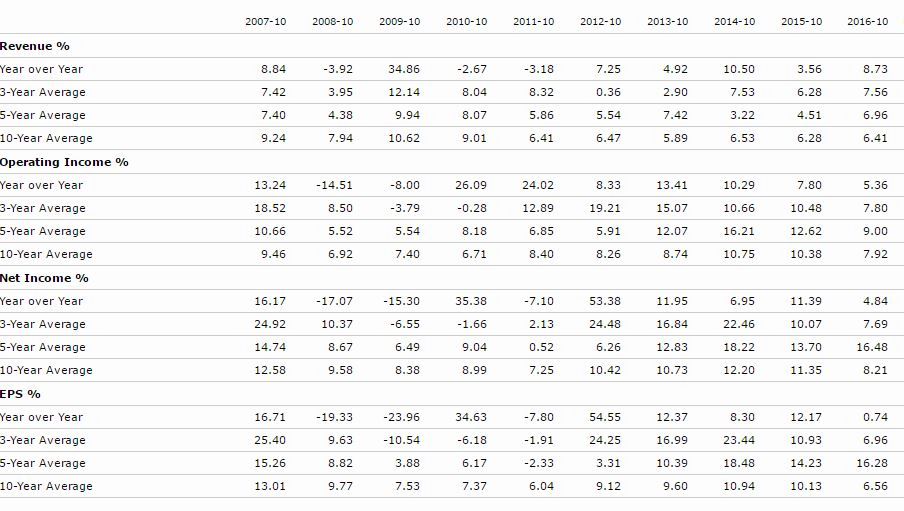


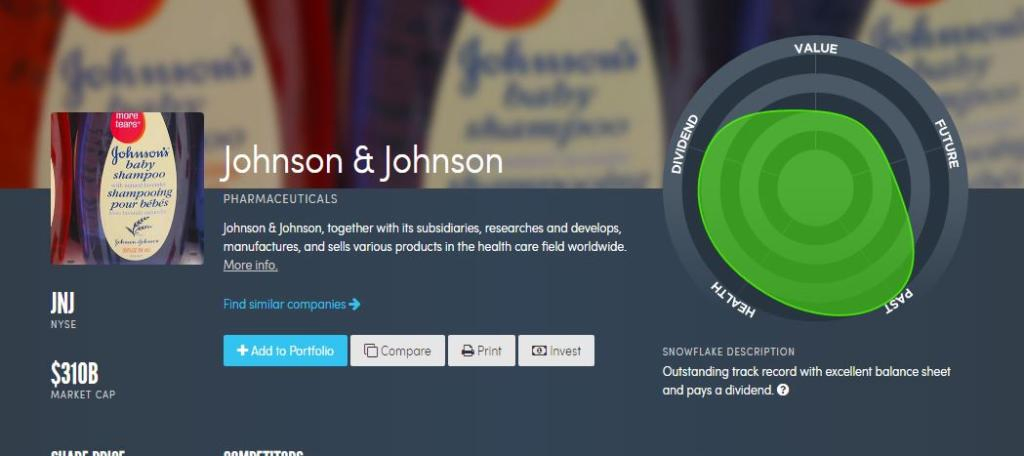
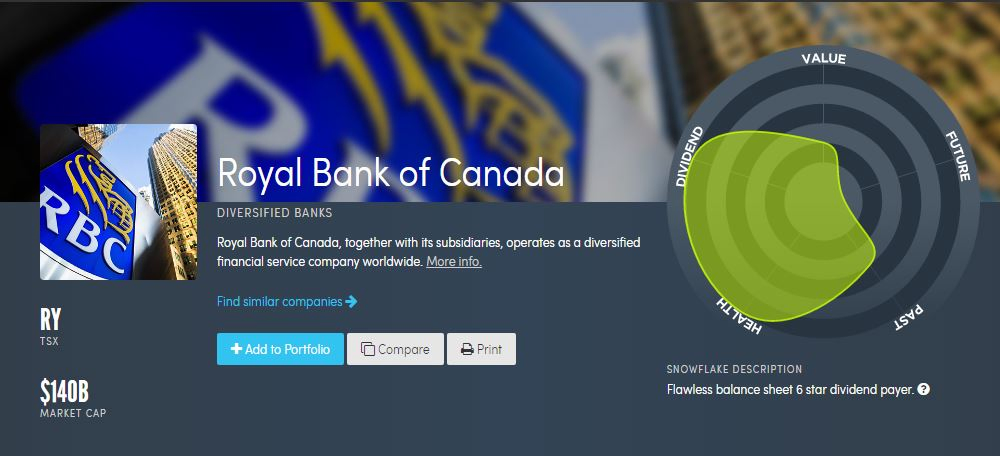
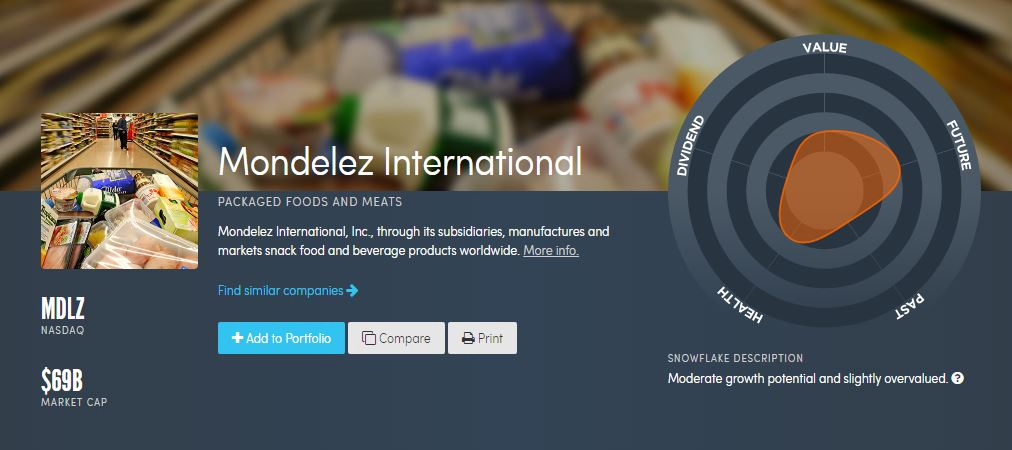
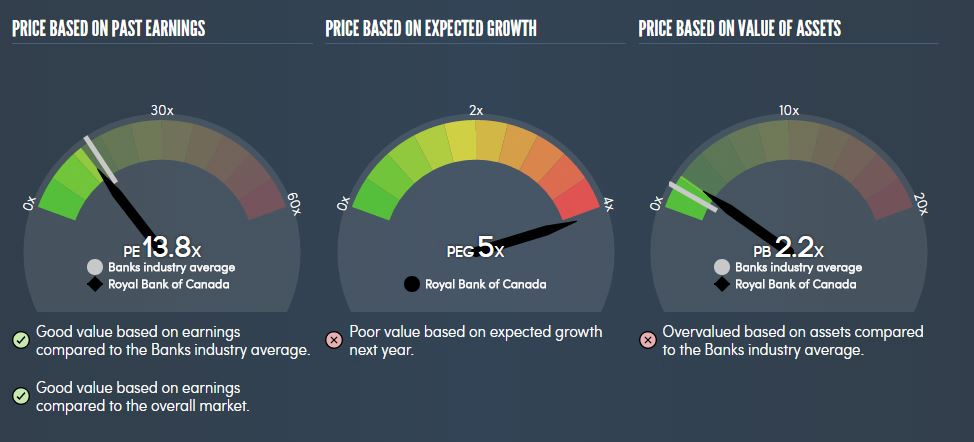
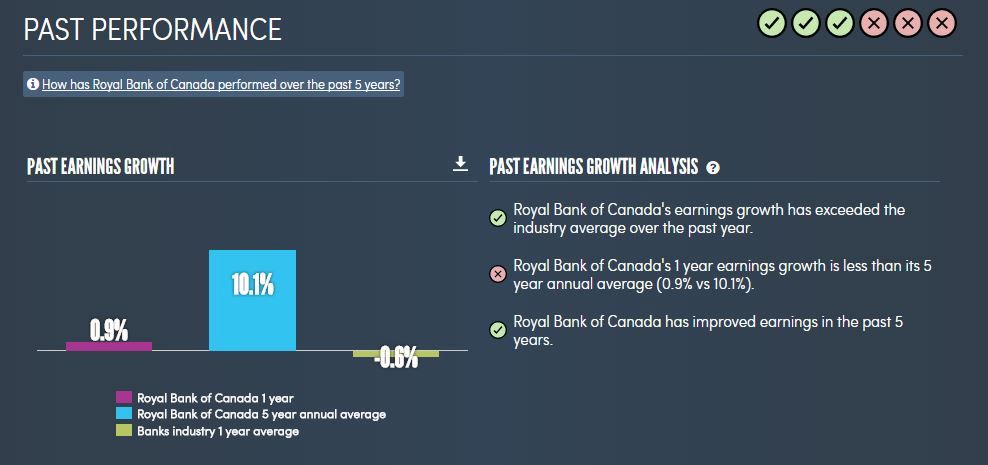

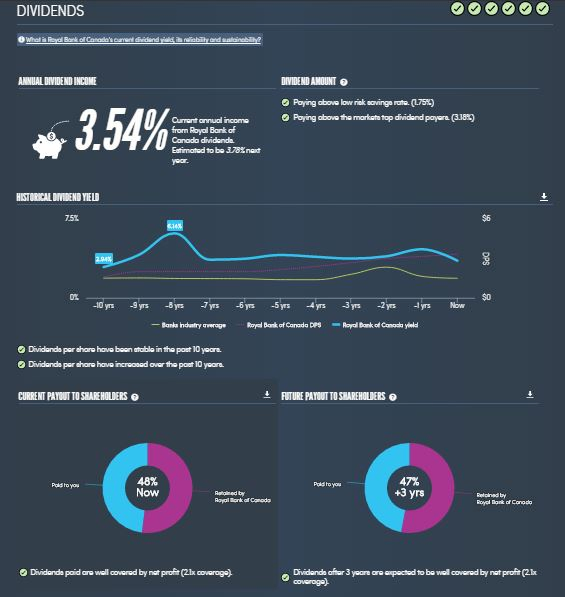
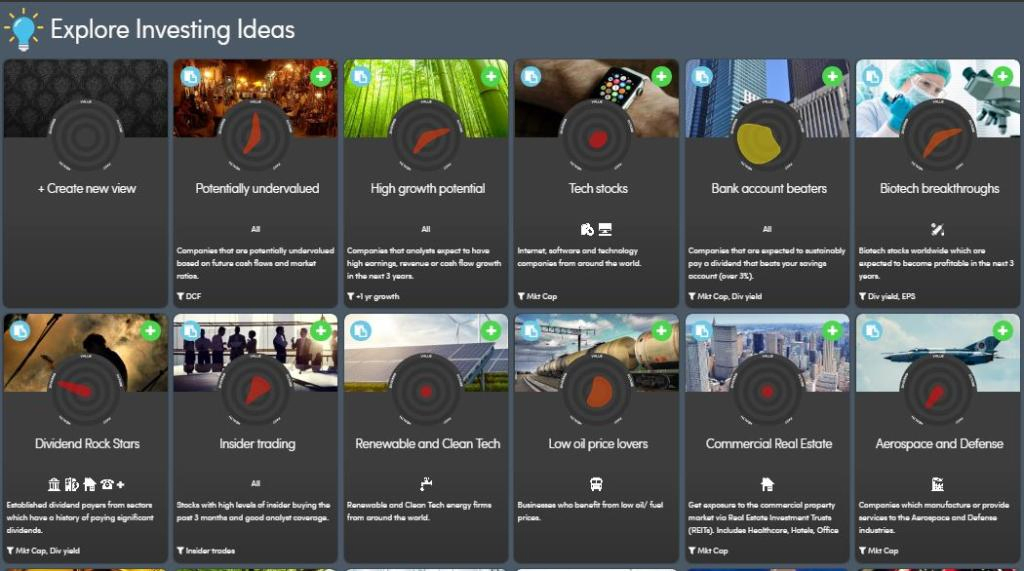
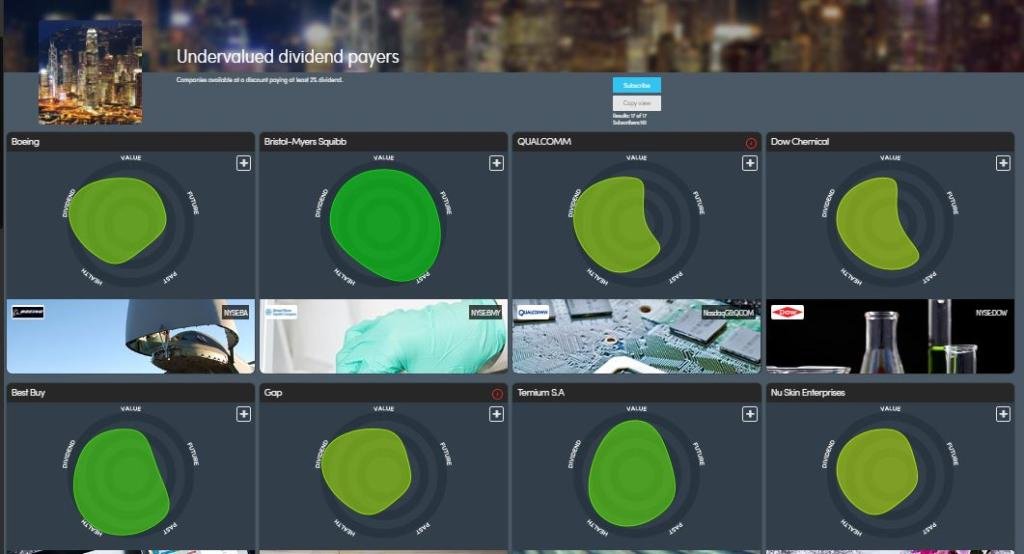
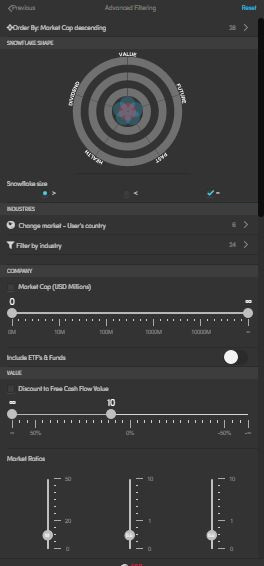
Hi Bob,
In your post you mentioned that you would prefer companies with a yiled above 2.5% and here I have a question for you if you have some cash now and you’re 15 years away from retirement would you put your cash into a company like CNR or ENB ? on one hand you have a great capital appreaciation with an extremely low yield and on the other you got a very juicy yield with the potential of some share price appreaciation ?
Good question, I think you need a good mix of high yield low growth and low yield high growth stocks. It also depends if you’re looking purely from a dividend income perspective or total return. For us, total return is important so investing in some lower yield higher growth stocks make sense to me. So yea, it’s a very personal decision. 🙂
Thank you Bob and yes it makes sense with the total return approach .
Hope you’re enjoying the cooler weather today in Vancouver ☺️
Hello Tawcan,
Thank you so much for this great post .
I signed up for the free trial on Simply Wall st and the platform is great with a lot of info maybe to much to be honest I’ve enetered every single good canadian stock like FTS EMA AQN TRP T and BCE and MFC even TD they all have warning and lots of financial risk when it comes to debts and payout ratio and to be honest the only one that came out clear is RY 🙂 so for a beginner investor like myself do i ignore all those great companies and stick with RY ?
Thanks
Hi Jason,
You need to take the data from Simple Wall St with a grain of salt. I think all of these stocks that you mentioned are pretty solid. Obviously there will be some financial risks so you need to ask yourself if you’re OK with them. 🙂
Thank you for your reply,
of course I’m ok with them because if those great companies are all in trouble then the whole market is in trouble i think 🙂
Hi Tawcan,
Thanks for this! I haven’t seen anyone post which criteria to look at and example. SUPER helpful.
A question for entertainment purposes only 🙂 – I have $1850 USD that I want to use in a TFSA. Do you have advice on things to consider for US Dividends in a TFSA? I’m aware there is no dividend tax haven for the TFSA with US Stocks but this is where my available cash is. Does it even make sense to buy individual stocks at this investment level or should I do an ETF until I can build it up, then split out?
Thanks!
If you have USD and you want to contribute to a TFSA, first you have to make sure you have enough room in your TFSA to allow for contribution (i.e. taking exchange rate into account).
I wouldn’t invest US dividend stocks in a TFSA due to the 15% withholding tax. If you really want to, then either buying an individual stock or an ETF will work. It’s really your up to your preference.
Hi Tawcan,
I’m glad I’ve found your blog. Happy to know a blogger who is also from BC. Great selection process and fundamentals on dividend stocks. I have evolved myself from an index investor (index e-series, ETF) to a 100% dividend growth investor.
I’ve only partnered few securities which are mostly monthly dividend paying stocks and a few quarterly payers. I try to mimic my working life who gets paid bi-weekly hence the reason I prefer monthly dividend payers.
Hello Tawcan,
I am also new to dividend investing. In your analysis of stocks you mention filtering out stocks with a 5-year growth rate of < 5%. What is the 5-year growth rate referring to? Is it the growth rate of earnings, dividends, stock price or something else?
Hi Bev,
It’s the dividend growth rate over 5 years period. Hope this helps.
Hello Tawcan, I am fairly new at the whole dividend approach. My wife and I are millenials who have just started building our investments to about 25K using low-cost mutual funds ETFs. I saw that Tangerine recently added a Dividend Portolio. What do you think? Would it be a good approach for a new investor like myself who doesn’t know much about dividend and tends to favour a simplified approached? I would much appreciate to hear your thoughts on the matter.
Hi,
The fund looks interesting but the MER seems high (1.07%) compared to respective dividend ETFs. I also couldn’t find any info on what the fund holds. The idea of holding 1 fund that covers Canada, US, and international dividend equities sound interesting though. I’d wait to see if there are more info on this fund before you invest.
Thanks for the article Tawcan, it was good to re-affirm why we love the strategy. Our strategy going forwards will include ETFs and individual stocks, buying whatever we think is the best value at the time. I love DGI stocks because we’re essentially buying PROFIT growth stocks, which is the best of course.
Tristan
Hi. Really great article which one should absolutely bookmark. Thank you! Good line-up of the process how to choose Dividend stocks. But above all the presentation of the Simply Wall St tool is so cool. Have been looking for such a tool. I will explore it and share.
Thanks Sacha, glad the article is helpful.
Really like the breakdown. I think especially the funneling of how to select dividend stocks is well explained.
We like the hybrid approach as well as it comes to capital appreciation and dividends, and in the near future we will mix some ETF’s into our portfolio as well.
Haven’t seen the use of Simply Wall st on a blog before. I checked it out when we started out with investing, but forgot about it. So thanks for bringing it up again.
Thanks Divnomics. Simply Wall St is a great tool to use. It’s making my life easier when doing stock research. 🙂
Thx for the write up and for pointing me to the site.
I index at the core and explore DGI for my option activity.
A hybrid strategy with index and DGI is a good strategy IMO.
I mainly invest in index funds, but do have a couple of dividend payers that I consistently buy each month with both PM and MO. I have owned them since 2002 and have just reinvested my dividends over time. I’ve seen some great growth and love how dividend stocks work and how the payout works so easily!
Investing in dividend stocks is pretty straight forward once you have a selection process.
Nearly Identical to my approach for large caps.
I also like to run the same gauntlet through Zacks custom screener to see if any mids or small caps fit in.
Great examples here Bob
Zacks custom screener is another good tool to use.
Great post Bob, lots of useful information here. A free alternative to Simply Wall St. is Google Finance Stock Screener. Not as fancy but does the job well.
Hi Matt,
Yes Google Finance Stock Screener is a great tool to use, it’s just not as fancy and as visual compared to Simply Wall St.
Nothing to get you wrong, Bob! I am a hybrid investor too, and was a pure index investor for 15 years so I also understand indexing well. What makes sense depends on the situation of the investor and what he/she expects from the portfolio and where they are on the investing journey. I try to take a balanced view in my article series unlike some others PF blogs who seem to be obsessed with only one approach – either dividends or index.
Great idea Ten Factorial Rocks!
Very nice primer on dividend stock investing Tawcan! Lots of great information here.
For my money, I typically target companies with sub-50% payout ratios and a growth profile to provide annual dividend increases of at least 5% . This isn’t a hard and fast rule though, and really depends upon the quality of the company.
I’m not looking for the highest yields possible or the fastest growers. Instead, I look for companies with the best prospects for long term dividend growth.
I think each investor has their idea of what’s the correct balance between yield and growth. Sounds like your strategy is a great one.
Tawcan –
Great, short & sweet article for investors. If you are starting out – this is a great article to read, with resources and real examples. This is what it’s all about and what’s funny – you’ll see consistency with the names with the screener thresholds you mentioned : ) Quite, funny, actually. Great article and thanks for sharing Tawcan.
-Lanny
Thanks Lanny. It’s funny how some companies keep popping up during the screening process. Definitely why you should invest in them. 🙂
Like you, I like both. Twitter and Groupon are great examples of where just hoping for price appreciation can be a problem. Berkshire Hathaway is a great example of it going right. AT&T is a great example of some of both, but for the longest time it saw no real price appreciation but paid a good dividend.
Like you, I hold both, ETFs and some individual dividend stocks. I almost bought Berkshire, but it is also held by one of my favorite ETFs so I have exposure to it there.
With Dividends you are getting some of the profit every year instead of just waiting until the “end”. I currently actually just have my dividends re-invested so do get a bit of a compounding effect.
(Note: no stocked mentioned are meant to be suggestions that they are a good buy or not. You must do your own research – :O) )
cd
It’s tough to pick a multi-bagger that’s for sure. I think holding ETFs and some individual dividend stocks is the best strategy.
Hi Bob,
Long time no hear. This is Eric, from the VOC (ca. 2008-2009) I’m very happy to have found your blog! I was searching for ways to find historical dividends, and google brought me to your blog.
Anyway, good job on all the postings. Tons of useful information in your blog for sure. I recommended your blog to a few colleagues who, like me, manage their finances.
Anyway, I’ve been following a Couch Potato strategy for years now, with very good results. I’ve been intrigued by dividend-driven strategies, but Bortolotti makes very compelling arguments against this approach in this very good series:
http://canadiancouchpotato.com/2011/01/18/debunking-dividend-myths-part-1/
http://canadiancouchpotato.com/2011/01/20/debunking-dividend-myths-part-2/
http://canadiancouchpotato.com/2011/01/24/debunking-dividend-myths-part-3/
http://canadiancouchpotato.com/2011/01/27/debunking-dividend-myths-part-4/
http://canadiancouchpotato.com/2011/01/31/debunking-dividend-myths-part-5/
http://canadiancouchpotato.com/2011/02/02/debnking-dividend-myths-part-6/
I wonder what your thoughts are on his arguments.
Cheers
Hi Eric,
It’s been a long time. Thanks for sharing my blog to your colleagues.
When it comes to dividend growth stock vs. passive index investing, I think there are pros and cons of both. That’s why we hold both dividend stocks and ETFs, a hybrid approach. I think Dan has some good points in his posts but I don’t think I agree 100%. I’m more in the camp that believe in both dividend and capital appreciation rather than just collecting dividend.
The key is to buy dividend stocks when they’re undervalued so you get the best bang of your bucks.
A great list of resources for finding and starting out in DGI. When I started down this path the first place I looked was the Dividend Aristocrats list. From there I expanded my holdings but I think the DA list is one of the easiest and best places to start looking for stocks for ones portfolio. Thanks for sharing.
Hi DivHut,
Thanks. Unfortunately for Canadians we don’t have as many dividend aristocrats to choose from. Having some dividend aristocrats is a good start but I think it’s a good idea to expand your portfolio by holding on up-and-coming dividend stocks.
Hi, Bob —
Thanks for this great introduction to investing in dividend paying stocks! I think lots of beginning and even seasoned dividend growth investors would benefit from this post. I particularly like your run-down of Simply Wall St’s tools. I’ll work through that as I’ve recently started using those tools.
I’ve seen lots of debate recently about following a dividend growth investment strategy versus a total return investment strategy. I notice also your statement that price appreciation and dividends are not mutually exclusive. While I don’t disagree with your statement, I think it is important to recognize that dividends are real money whereas price appreciation is unreal money. The latter is unreal unless you make it real by selling shares. And if you sell dividend paying stocks to capture price appreciation, you forfeit future dividends.
Of course, for stocks that don’t pay dividends, price appreciation and dividends are mutual exclusive. 🙂
Cheers
FerdiS, DivGro
Hi FerdiS,
Thank you. There have been a lot of debates between dividend growth investment strategy vs. index vs. total return investment strategy. What I meant in my statement is that just because you invest in dividend stocks, it doesn’t mean you can’t aim for price appreciation. Would you rather collect dividend from a stock that has its price relatively the same or collect dividend and see the stock price increase over time? I think most people would prefer the latter case.
Great intro post Bob. I love how lucidly you have introduced people into the world of dividend investing. I have written a series on this topic comparing with indexing. I would love to have your comments on it: http://tenfactorialrocks.com/investing-series/
Thanks. Will check out your article. Don’t get me wrong, while I’m a dividend investor, I do invest in index ETFs too. I think a hybrid approach is a good idea.